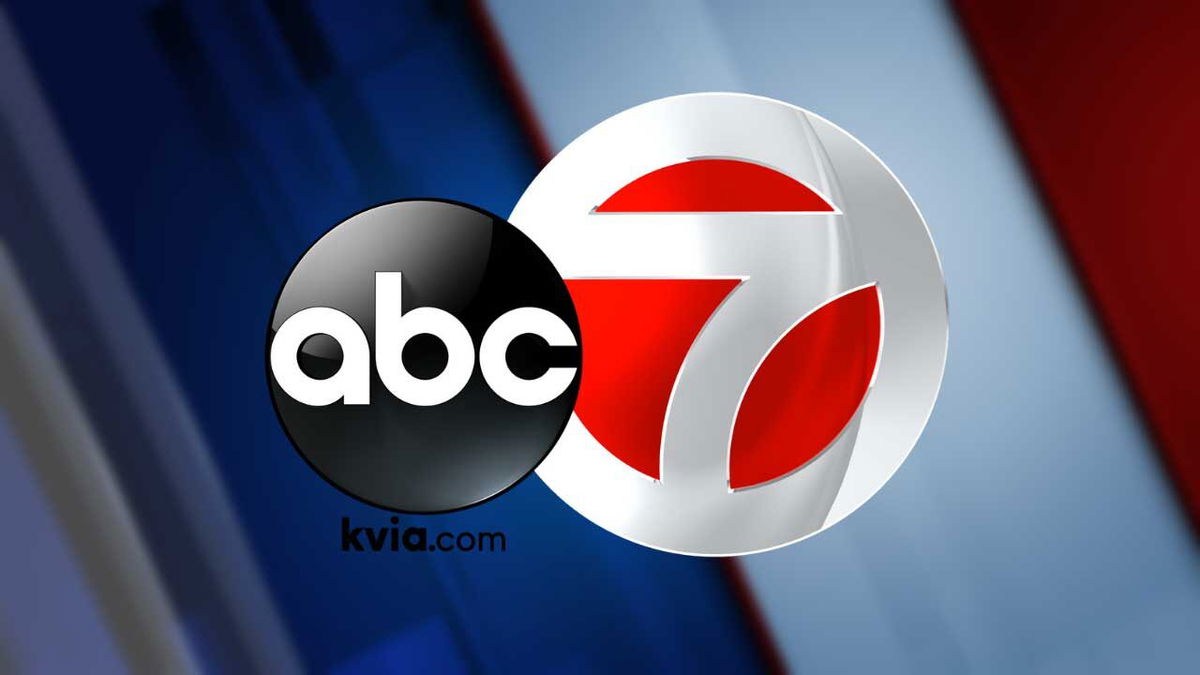Utility shutoffs loom as energy prices soar and moratoriums end. But help is available.

By Tami Luhby, CNN
Each week, Govonna Ingram has to decide which bills she can afford to pay while she looks for a job. Essentials like food for her two daughters and 1-year-old grandson take priority, so the Chicago resident hasn’t been able to pay her utility bills since 2021.
Last month, she received a notice from her gas company that it would shut off her service within a few weeks because she owed nearly $2,600. That would mean the family would lose heat and hot water, as well as the ability to use the stove.
“To get cut off in the wintertime, we are going to be cold,” said Ingram, 49, a former restaurant manager. “We are not going to be able to cook or take baths, because it’s chilly.”
Ultimately, Ingram was able to receive help from the Low Income Home Energy Assistance Program, which averted the gas disconnection. And she called her electric company and set up a payment plan to deal with that $2,200 debt — borrowing $200 from friends to cover the first installment.
Many lower-income people have been protected from losing heat over the winter by state-based annual moratoriums. But that protection has largely ended for the season, forcing consumers to contend with utility bills that have grown even bigger as the cost of energy has skyrocketed.
As of March, the price for natural gas is 21.6% higher than it was a year earlier, while electricity is up 11.1%, according to Bureau of Labor Statistics data. The price of heating oil and propane is up 70.1%.
At the same time, the increased costs of food, housing and gasoline are crowding out some families’ ability to pay their natural gas, heating oil and electric charges. Consumer price inflation hit a new 40-year high in March.
The looming wave of disconnections has alarmed consumer advocates, who stress that those who have fallen behind should reach out to utility companies, state agencies and local nonprofits. There’s more federal assistance for lower-income Americans than ever before — though it’s still not enough to help everyone. And many utilities are offering more generous repayment or forgiveness programs.
Many folks who lose service are later reconnected. They enter repayment plans, receive assistance or borrow from friends or payday lenders to deal with their overdue bills.
Big bills accruing
The economic upheaval sparked by the Covid-19 pandemic has led to a massive increase in unpaid utility bills.
Arrearages stood at $23 billion in February, up from $21 billion a year earlier and $10.5 billion in December 2019, according to Mark Wolfe, executive director of the National Energy Assistance Directors Association. More than 20.1 million households have past-due bills.
“You would expect the numbers to come down a little bit faster because people are going back to work,” Wolfe said. “Some of the issue is high inflation overall, and families are being squeezed. This is one of the bills you can delay.”
While there was no federal moratorium to protect people from having their utilities disconnected, many states put temporary ones in place at the start of the pandemic. Many utility companies also voluntarily stopped shutting off customers. Some of these measures lasted for only a few months, while others continued into 2021.
Determining how many customers are being disconnected from their utilities is no easy task since there’s no nationwide clearinghouse collecting the information. An estimated 3.5 million people were disconnected in 2020 and 2021 in 32 states plus the District of Columbia, according to data gathered by Jean Su, director of the energy justice program at the Center for Biological Diversity.
More recently, residents in the 33 states that have winter moratoriums had a brief respite. But those end between March and May.
“There will be a new tsunami of shutoffs from deferred arrearages because of the winter moratoria, from the Ukraine-Russia war and increase in natural gas, and from inflation and budget constraints on households,” Su said. “All the really brutal choices that people are having to make are going to absolutely be the spotlight of the next coming months.”
Shutoff notices
In Massachusetts, shutoff notices started going out in early April, after the winter moratorium ended. Utilities will start disconnecting lower-income households at the end of the month, said Charlie Harak, staff attorney in the National Consumer Law Center’s Boston office.
Eversource, a major natural gas and electricity provider in the Bay State, is slowly restarting its disconnections of lower-income customers, said Chief Customer Officer Jared Lawrence. The goal of the shutoff notices is to get residents to reach out, since many haven’t paid as much attention to overdue bills during the moratorium, he said.
The company offers an arrears management program to lower-income consumers, where it will forgive 1/12 of their balances every time they make payments on time. It also started automatically enrolling qualified customers in January, so the effort now has nearly 14,300 participants, up from 5,600 before the pandemic.
Those with higher incomes can enter a separate program that allows them to pay off their balances within six months, Lawrence said. Prior to the pandemic, they had only four months to settle their overdue bills.
Some 225,000 Eversource customers are delinquent, down a little compared with the start of the pandemic, Lawrence said. But the amount of the arrearages had grown to $279 million as of March, up from $190 million in February 2020.
Other Massachusetts residents have already had their utilities shut off.
National Grid, for instance, has disconnected about 1,100 customers so far this month, said spokesman John Lamontagne. It’s an “absolute last-resort measure,” he said. At-risk residents first receive a series of notices over 50 to 60 days to encourage them to join a repayment program.
The company has seen the number of Massachusetts customers at least three months behind in payments jump to roughly 203,000, up from 195,000 in 2020. They now owe $392 million, up from $272 million in 2020.
Nearly 77,000 of National Grid’s customers are in repayment plans, up from 38,000 in 2020.
A growing number of consumers struggling to pay their bills are higher on the income ladder and may never have received help before. The percentage increase in arrearages for lower-income Massachusetts residents was smaller than it was for those who earn more, Harak said.
“Part of the problem is there’s a whole class of newly poor people who don’t know where to go,” he said.
Customers who don’t meet the income criteria for the Low Income Home Energy Assistance Program can reach out to their utility companies about repayment plans.
But getting folks to call their providers can sometimes be a challenge because they don’t trust the companies, said Jim Chilsen, communications director at Citizens Utility Board, a consumer advocacy group in Illinois.
The board assembled a list of how the major utilities in the state are handling disconnections and what payment arrangements they are offering. Lower-income residents will not have their power cut off through the end of July.
However, most companies have started shutting off service to higher-income customers, beginning with those with the largest overdue balances in April and then broadening it to more people. They are giving everyone either 12 or 18 months to pay off their past-due bills.
ComEd, for instance, is offering an option to higher-income Illinois customers to pay off their electric bill balances over 12 months, said spokesman Tom Dominguez. Prior to the pandemic, the utility typically gave residents only two or three months. Also, it is waiving reconnection fees. But the option is available only until July 31.
“By putting that deadline there, we’re hoping to create some urgency to get them to act,” Dominguez said. “We’re trying to get them so they don’t get to the point where their electricity bill is just astronomical, and it becomes really, really difficult to catch up.”
Just over 11,000 ComEd customers have been disconnected since the company started shutting off power again on April 5. The last time it cut off electricity in the fall, enrollment in deferred payment arrangements nearly doubled.
At Peoples Gas, which serves Chicago, about 800 higher-income customers have been disconnected since the moratorium expired at the end of March, according to spokesman David Schwartz.
Everyone who qualified for assistance and applied this year was able to receive it, he noted.
More federal help available
Never before has there been so much federal aid to help struggling Americans pay their home heating bills. But it isn’t expected to meet the need.
Congress has more than doubled the amount of funding for the Low Income Home Energy Assistance Program. An additional $4.5 billion in American Rescue Plan Act money is flowing into the program, on top of the approximately $3.4 billion that Congress appropriated for fiscal year 2022. Also, the bipartisan infrastructure law provided $100 million this year, part of a five-year, $500 million investment in the program.
When it released the final installment of LIHEAP money last week, the Department of Health and Human Services noted the total was the largest single-year investment in the program since it was established in 1981.
In addition to LIHEAP, states, municipalities and community organizations can draw on certain coronavirus relief measures — including the roughly $45 billion Emergency Rental Assistance program and the $350 billion State and Local Fiscal Recovery Funds — to address home energy costs.
About 5.6 million households typically receive assistance with heating bills from LIHEAP — only about 17% of those eligible, Wolfe said. But that number could increase by 25% with the additional aid. Those who make either up to 150% of the federal poverty line, which is around $41,625 for a family of four, or 60% of their state median income — whichever is higher — can qualify.
The pandemic relief funds, meanwhile, have different eligibility criteria and can help a wider swath of households, including middle-income families who don’t qualify for LIHEAP.
Still, it may not be enough to help everyone.
Illinois, for instance, has a total of $372 million to spend on assistance, including the state Utility Disconnection Avoidance Program, which launched last year to help lower-income residents, according to Larry Dawson, CEO of the Illinois Association of Community Action Agencies. Members of his group administer the distribution of LIHEAP funds at the local level. That’s up from $342 million last year.
The state hopes that this record level of funding will be sufficient to help all those who apply, Dawson said. But the unknown variable is whether inflationary pressures will cause greater-than-expected demand for aid.
The nonprofit wants to make sure that the assistance each household receives is significant enough to prevent disconnection until the next round of LIHEAP funding is available in the fall.
“To do that, you kind of have to go to that philosophy of helping fewer people more,” he said. “It doesn’t help to make a payment that’s only significant enough to keep the person connected for maybe a month and then next month they get disconnected.”
After receiving a shutoff notice last year, Sydney Fuller-Jones tried to use less gas in her Boston home this past winter to keep her bill in check.
“I turned my heat on very late in the winter,” said Fuller-Jones, 60, a widow who lives with her two children, who are in their early 20s, and an adult niece. “I told my kids, ‘Look, layer up. Bundle up.’ And I turned it off very early.”
The family was not disconnected in 2021, thanks to LIHEAP, which also covered much of Fuller-Jones’ gas bill this past winter. But she is not sure she’ll be able to stay current, especially since she’s paying more for housing, gasoline and food.
“Thank goodness, I only drive from home to work. I don’t do too much other than that. But I’ve felt the pinch,” said Fuller-Jones, a research analyst, noting that it costs more than $50 to fill up her car. “We watch what we eat. Some things we were able to splurge on in the past is a thing of the past.”
The-CNN-Wire
™ & © 2022 Cable News Network, Inc., a WarnerMedia Company. All rights reserved.



